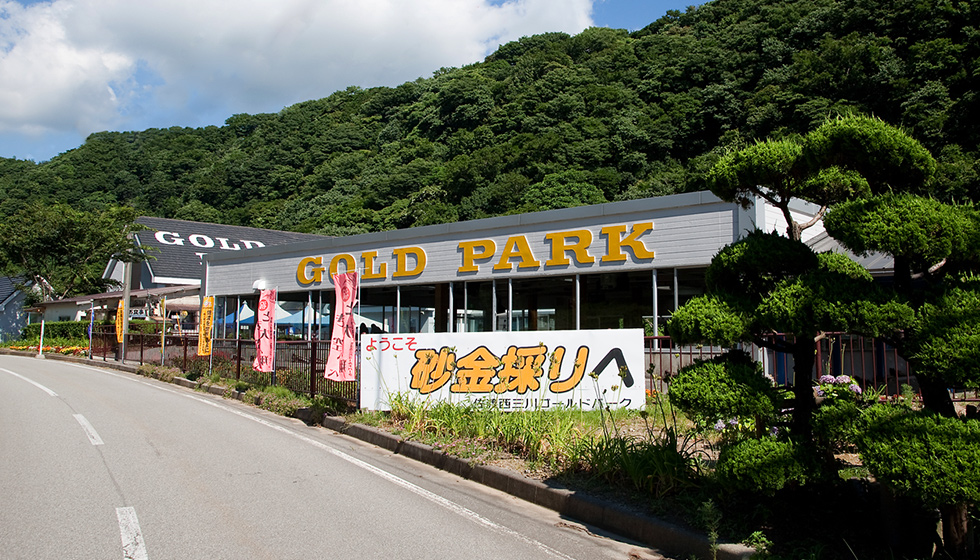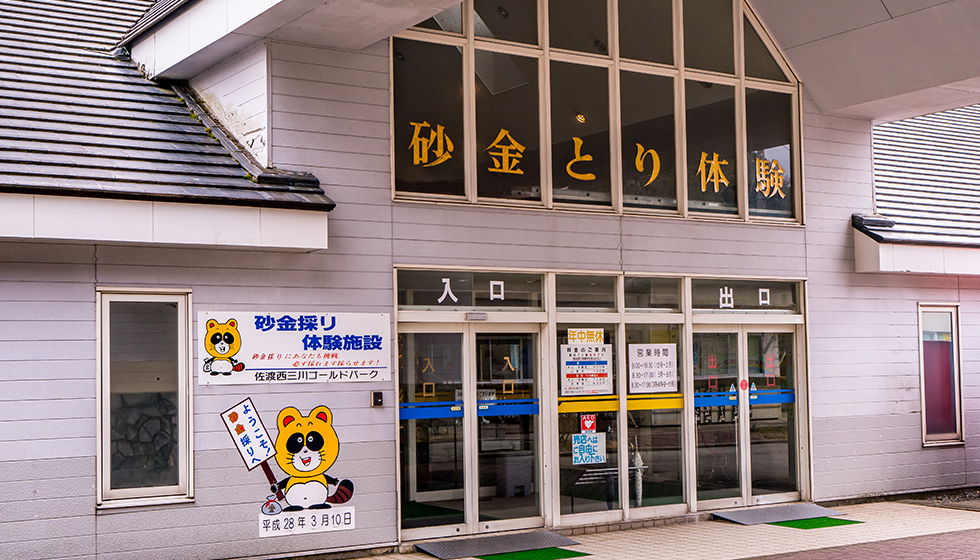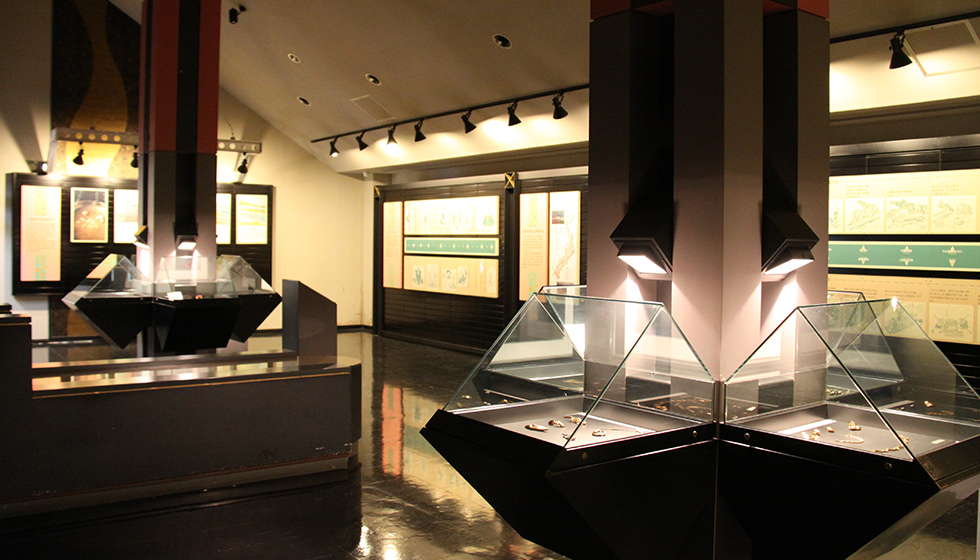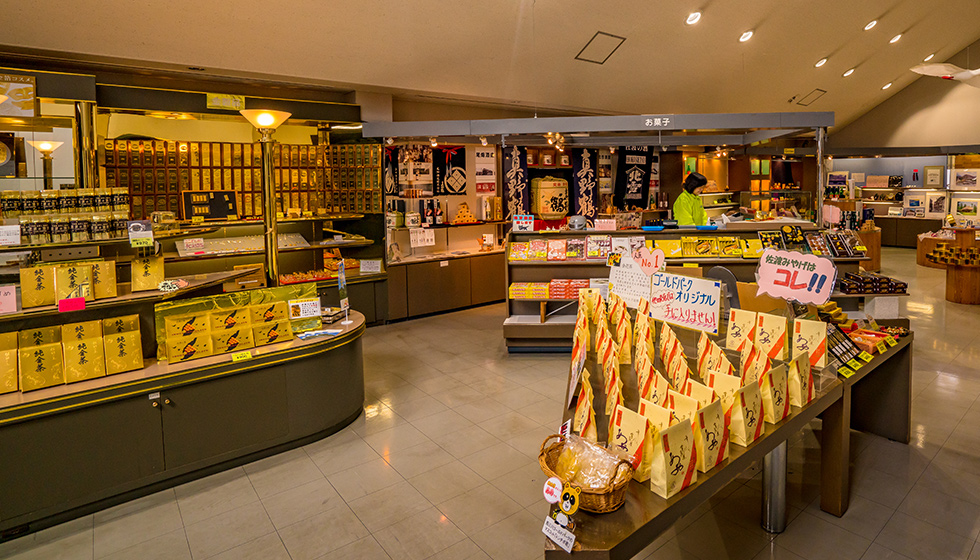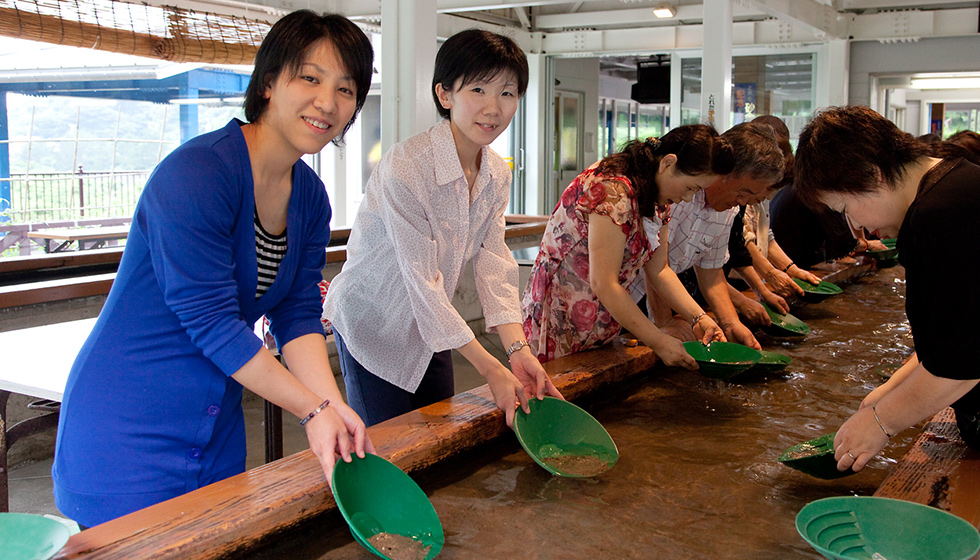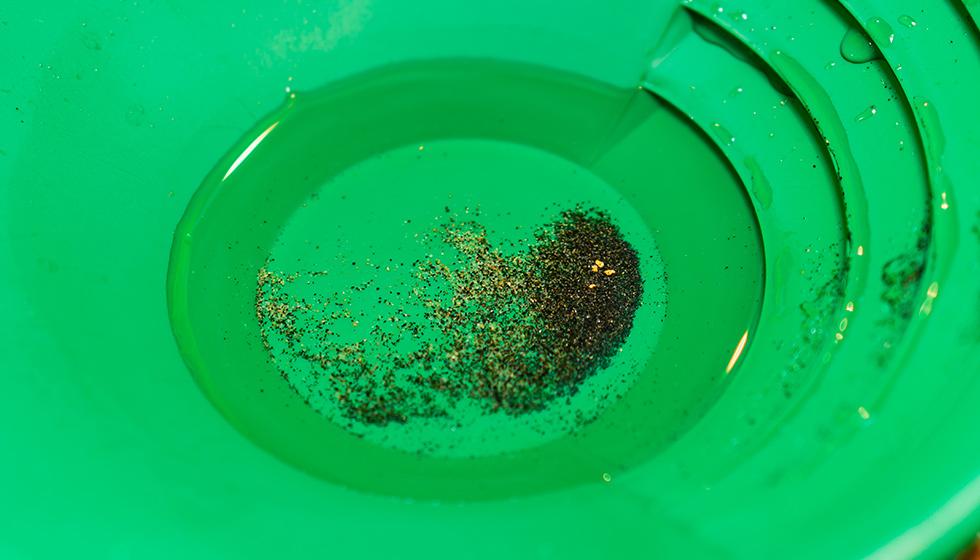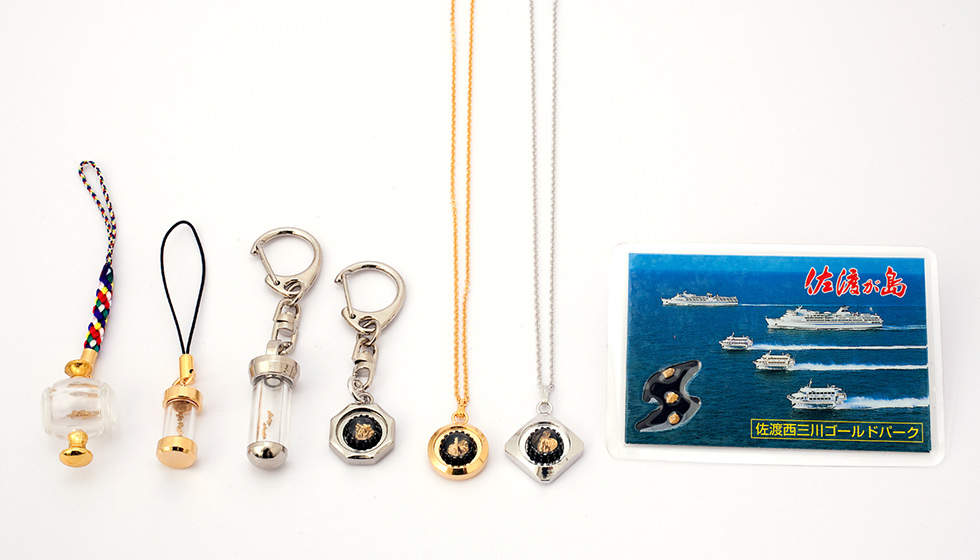- Sado Nishimikawa Gold Park
Sado Nishimikawa Gold Park
Facility Basic Information
- Address
- 835-1 Nishimikawa, Sado, Niigata 952-0434
- TEL
- 0259-58-2021
- Payment Methods
- Credit cards not accepted
- Assistance in Foreign Languages
-
No
- Internet
- Not Available
- General Accessibility
- Not Available
- Transport Access
- Ogi Port Approx 20 minutes by car
- Nearest bus stop
- (Ogi Line) Approx. 0 minutes on foot from bus stop
- Parking
- Cars:200 Buses:10
- Note
-
※2023年4月1日より入館料が改定となります。
大人1,200円、子ども1,000円
- Opening Times
- May - August and March - April: 8:30-17:00 / May - August: 8:30-17:00 / December - February: 9:00-16:30
- Closed
- Open 7 days a week
- Admissions
- Adults 1,200 yen, children 1,000 yen (including gold dusting experience fee)
- Booking
- Not required Please reserve for groups.
- Facilities and Service
- Souvenir shop, exhibition room, gold panning experience, etc.
Nearby Spots
-
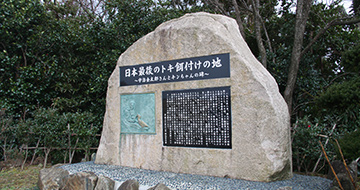 Toki (Japanese crested ibises) Other
Toki (Japanese crested ibises) OtherThe feeding site for the last wild Toki, Japanese Crested Ibis, in Japan
A wild bird flied down in Nishimikawa in 1967. Mr Kintaro Uji, Toki observer, carefully observed and kept calling out to the bird, and eventually, succeeded in feeding it. The Toki, later taken into protective care, was named Kin after Mr Kintaro Uji, and ended its life of thirty-six years at Sado Toki Conservation Center. The monument was built in memory of Mr Uji, who successfully fed wild Toki, and Kin, the last wild Toki.
-
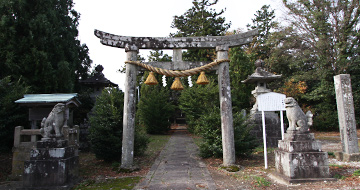 Shrines and Buddhist Temples
Shrines and Buddhist TemplesObuse Shrine
Past the historic Komainu guardian statues, which are considered to have been created by masons in the Tsubakio village, the path opens out onto a vast precinct wooded with oak and Machilus trees. The shrine was reputedly established by the manor lord of Nishimikawa, Honma Yamashiro Nyudo, in the Muromachi Period (1392-1573). The object of worship is the Mikeishi stone enclosed with a stone fence at the back of the main hall. It is regarded as a sacred place where gods descend, and rituals are carried out. Komochimagatama, comma-shaped ornaments with small magatama, are unearthed from the surrounding ground, and Obuse Shrine is highly valued as an ancient site of rituals.
-
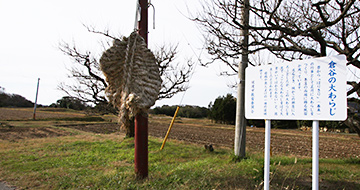 Other
OtherGigantic Straw Sandals in Kuratani
People in Okuratani, in the Mano area, have been passing down the tradition of making gigantic straw sandals for New Year's, to hang at both ends of the village in early spring. Acting as guardian deities to protect the community from troubles and evil, the huge straw sandals are displayed to pretend that there is a giant man in the village. The sandals are replaced with new ones every March. If you travel along Route 350, you can see them, measuring about 1 meter wide and 1.8 meters long.
Stores where you can eat and drink nearby
-
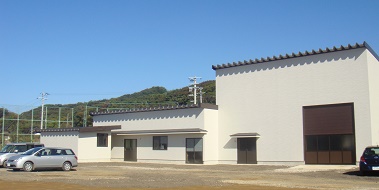 Casual Eatery Soba (buckwheat) and Udon Noodles Tempura/Deep-Fried Dishes
Casual Eatery Soba (buckwheat) and Udon Noodles Tempura/Deep-Fried DishesKinchan Honten
Kinchan Honten aims to vitalize the local community and create employment through agricultural diversification by making full use of local produce blessed with nature's bounty. Kinchan Honten utilizes local abandoned fields to grow rice for rice powder and other products, including noodles. (A great alternate of wheat flour, rice powder inhibits a rise in blood sugar levels after meals.) Kinchan Honten also produces and sells processed products made using locally-sourced fruit. At Kinchan Honten, you can enjoy local dishes prepared with the bounties of the sea and mountains. Kinchan Honten aspires to provide a place for communication and exchange.
-
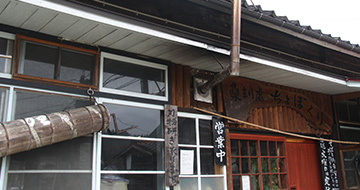 Casual Eatery Soba (buckwheat) and Udon Noodles
Casual Eatery Soba (buckwheat) and Udon NoodlesChobokuri
In Hamochi, "Osaki Soba no Kai" takes place several times a year, where you can enjoy local specialty dishes and hand-kneaded soba (buckwheat noodles), as well as traditional performing arts, attracting many fans throughout Japan. Chobokuri was opened in 2007 by the organising group of Osaki Soba no Kai. Here you can have a simple, but delightful treat of soba noodles made from 100% stone-ground buckwheat all year round. Seeking soba noodles soaked in flying fish based broth, soba lovers visit Chobokuri both from within and beyond Sado. The interior of a quaint Japanese-style house is also a highlight of Chobokuri. The restaurant's name derives from a traditional performing art in the Osaki area, which is performed at Osaki Soba no Kai.
-
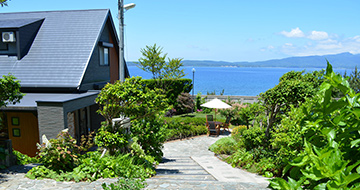 Tea House/Coffee Shop Bread Light meal Sweets
Tea House/Coffee Shop Bread Light meal SweetsSHIMAFUMI
SHIMAFUMI is highly regarded for its homemade sourdough bread, cakes made from scrupulously selected ingredients and other food menus. Their recommendations include hot sandwiches with special bread and bagel sandwiches. The seaside location with wide open spaces complements the food. Enjoy tea alfresco on the refreshing and stylish terrace if the weather is fine.
